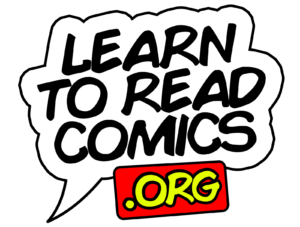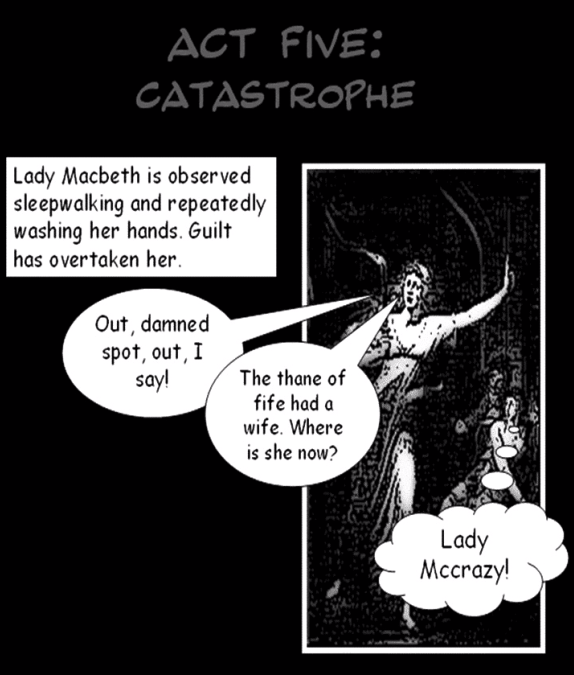Comic books have a rich history in entertainment. The use of pictures and words in storytelling has been an effective means to convey information to students of all ages. Moreover, “studies have found that comics appeal to students from a myriad of backgrounds, cultures, and personalities and know no socioeconomic boundaries in terms of the amount of comic book reading performed among subjects (Sardone, 2012, p. 67).
Students easily identify themselves with comics and asking them to create theme-based comics is a highly motivational learning activity which leads to an improvement in the technical skills of reading and writing as the student grasp their new tools. According to McCloud (1994), “Comics are conceptually closer to words than realistic portrayals are, and therefore words and cartoons together form a “unified language” (p. 15).
Many teachers have opted for engaging students in comic creating activities. While some comics are based on popular written novels, others have students present stories they create through their own point of view. In short, engaging students in these critical thinking projects are a fun and constructive way to engage the budding scholars. A great resource Sardone has utilized is the Comic Book Project which a program that is working to develop literacy through the use of comic books (http://www.comicbookproject.org). Through this organization educators are encouraged to engage students in character analyses as well as creative writing through the use of comic books.
Sardone also discusses an interesting and novel application of Google Earth. Through the use of this powerful tool, students can virtually visit the same places that the characters of their story visited and create a virtual experience for the students. These virtual literature trips are commonly termed as ‘Lit Trips’ and are available for
Sardone concludes that a story’s setting “often influences characters’ actions. Closer inspection of place can provide students with greater introspection about the physical obstacles faced by characters. This can help them distinguish differences between charisma and character, a distinction sometimes confused but important to note” (p. 70).
Download and View Full Academic Article [PDF, 756K]
With the help of Learn To Read Comics, qualified afterschool programs can help guide students on numerous adventures by utilizing free comic books as their guide and notebooks and pencils to memorialize the journey. If you would like more information contact us at info@learntoreadcomics.org.
References:
Sardone, N. B. (2012). Teaching Classic Literature with Comic Books and Virtual Lit Trips. English Journal, 102(1), 67-70.
McCloud, Scott. Understanding Comics. New York: Harper, 1994. Print.

